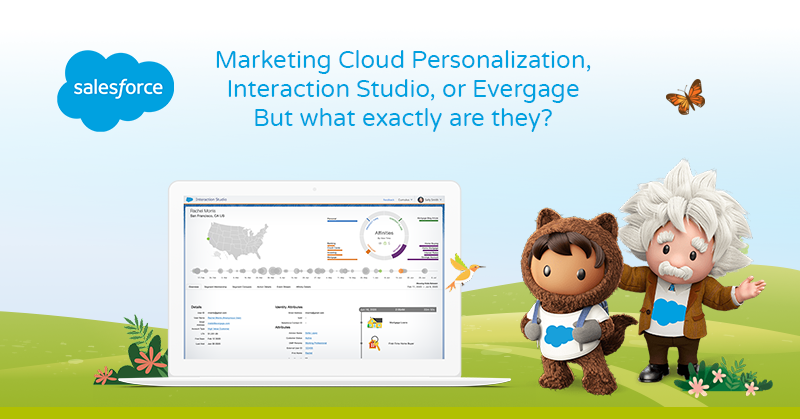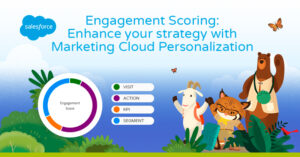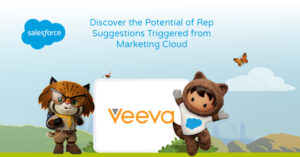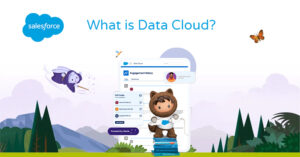Undoubtedly, one of the most critical terms in modern marketing is personalization. There’s no marketing campaign without personalization, and we achieve this through Marketing Cloud Personalization. By tailoring each interaction with our users to the maximum extent, we make it more effective and strengthen our company’s connection with both existing and potential customers. We utilize the data we collect to gain more insights and provide a better consumer experience. The goal is to deeply understand our customers to deliver the best possible experience.
To do this, we need data because they are what drives the world. They help us comprehend what has happened in the past, what is happening in the present and enable us to act accordingly in the future, whether it’s near or distant. However, they are of no use if they are scattered across various platforms because it complicates the analysis task for creating personalized campaigns.
You may have heard of Interaction Studio before Marketing Cloud Personalization, as it recently underwent a name change to better reflect its amazing capabilities: personalization.
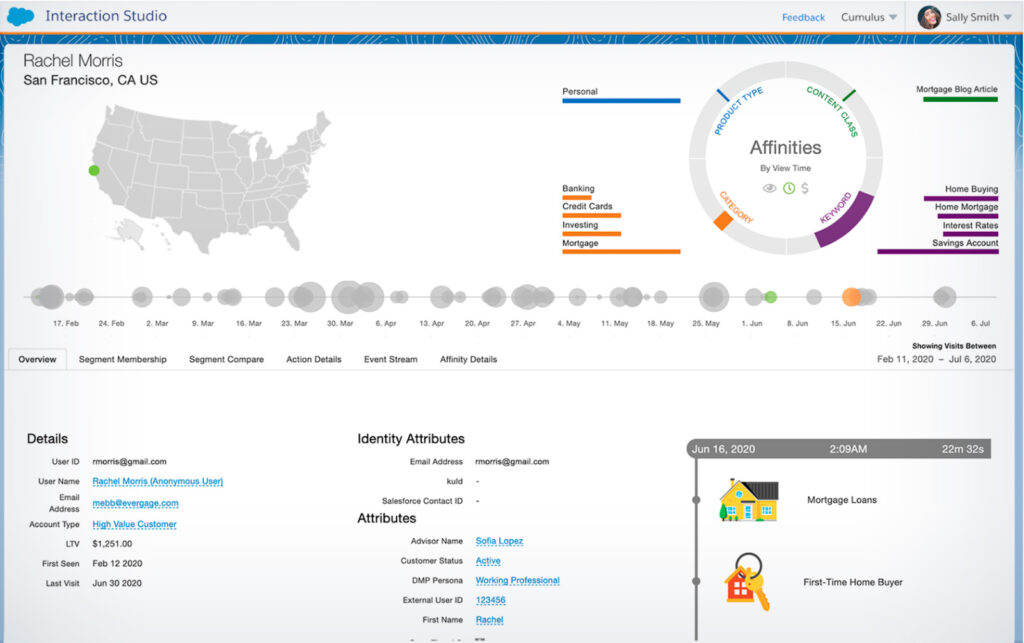
But what exactly is Marketing Cloud Personalization?
It’s a tool found within Marketing Cloud itself, allowing us to enhance the experience this powerful program provides to our company even further.
It offers the opportunity to design and implement one or multiple marketing campaigns from a single tool.
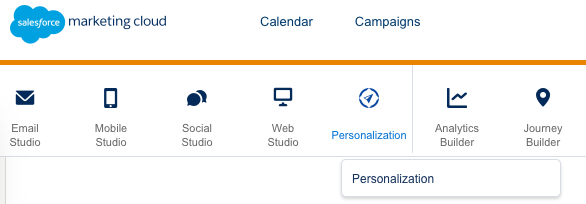
Since it operates with first-party data, we achieve spectacular and impressive data quality. This allows us to set up campaigns on various platforms, such as web pages, emails, SMS, and more. By doing this, we customize the user experience in real-time, making it unique.
Furthermore, any company looking to add unique value to its operational data can use this tool, designed for that purpose. With two versions (Growth and Premium), users can choose the edition that best fits their business model.
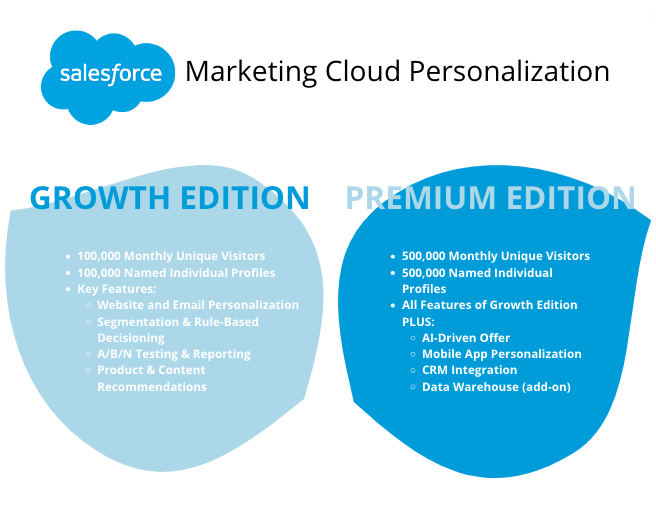
Marketing Cloud Personalization is packed with features that make the marketing campaigns it creates more comprehensive.
- First, we can obtain data by syncing with several platforms Marketing Cloud Personalization offers. (for example, Salesforce or Selligent). : “This method ensures users in our CRM are integrated into the tool, starting campaign creation for them.
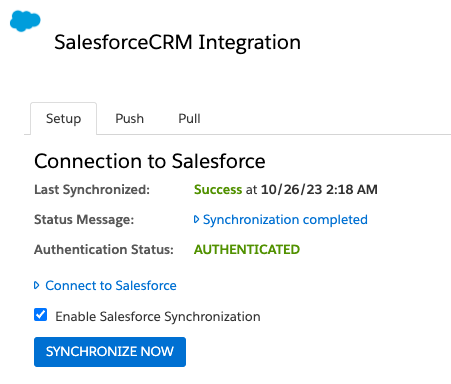
- Think of Einstein as if it were a recipe. It allows us to personalize the campaign even further through Recipes, Ingredients, and Boosters to make predictions about potential products/items that might interest our customers based on their activity.
- In addition to this, we have the Guardian, a functionality that continuously monitors the metrics of your website or app and uses that data to identify potential issues.
- Indeed, Marketing Cloud Personalization is designed to be used as a profiling tool, providing personalization within it, but don’t let that be the limit! We can export our data to Marketing Cloud to use in email or SMS marketing campaigns.
- How will we test the two types of campaigns? A/B testing analyzes two campaign performances. Success measured with control group.
- Create surveys for a complete experience. Use results for segmentation.
Example of Personalization:
To better understand the complexity of Marketing Cloud Personalization campaigns, here’s an example:
Imagine our e-commerce selling diverse foods: perishables, international, various sizes.

Only registered users can make purchases on our e-commerce platform, so we should synchronize them with our CRM (in this case, Salesforce).
After having all this in place, we’ll proceed to create our campaigns. Based on certain attributes that we need to segment, we’ll have a better-distributed audience, and we’ll create three campaigns:
- People coming from Data Cloud interested in products originating from the U.S. will see a banner with information about allergens.
- Anyone coming from Spain will encounter a pop-up in the middle of the campaign informing them that their orders will include a bonus bottle of olive oil just for buying from there.
- Anyone who visits 3 or more pages for the first time will see a pop-up asking them to rate their experience. This information will be exported to Journey Builder to target them with new offers a week later.
With this approach, we can have three different campaigns directed at market segments, each with its unique characteristics.
With this approach, we can have three different campaigns directed at market segments, each with its unique characteristics.
So, are you ready to dive into Marketing Cloud Personalization?
